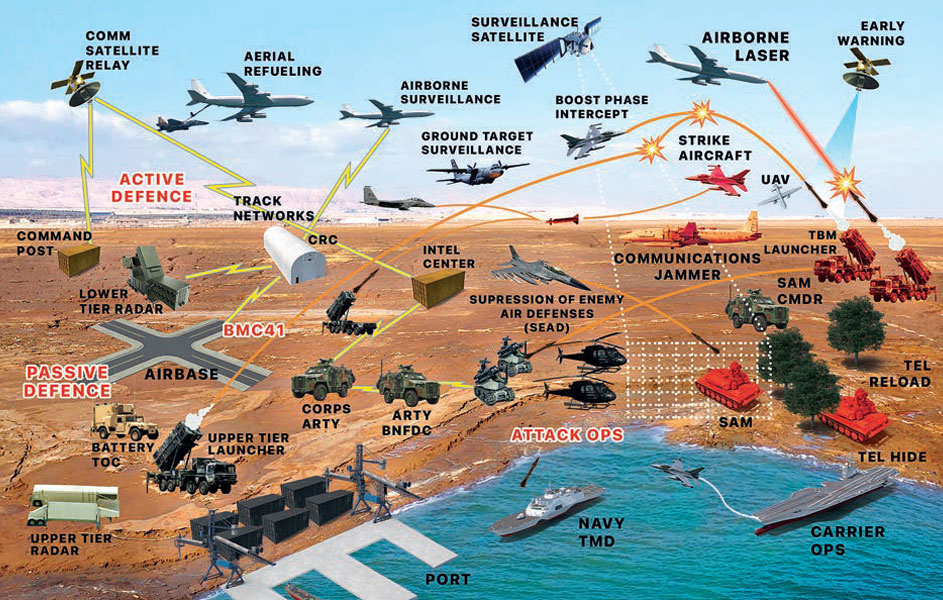dBSPL
SENIOR MEMBER

- Joined
- Mar 2, 2018
- Messages
- 7,656
- Reaction score
- 28
- Country
- Location
Prof. Hayrani Öz published some comparative dynamic analyzes on MIUS(KIZILELMA) and MMU(TFX) aircraft on Twitter.
I tried to translate the relevant content for you as much as I could;


Dönme Yarıçapı - Turning Radius
Dönme Açısal Hızı - Turn Of Angular Speed
Uçuş Hızı V - Flight Speed V
İtki Ağırlık Oranı (gerekli) - Thrust/weight ratio (required)
Dönme Periyodu - Rotation period P
Azami Ağırlık W mx - Max Weight W mx
Mevcut İtki T - Current Thrust T
Mevcut Azami fg - Current Maximum fg
AY - Art Yakıcılı - AY - With Afterburner


PROFESSOR EMERITUS OF AEROSPACE ENGINEERING
THE OHIO STATE UNIVERSITY COLUMBUS OHIO USA
@Oublious @KediKesenFare @merzifonlu
@JamD @Bilal Khan (Quwa) @Deino
I tried to translate the relevant content for you as much as I could;
F35, J20, MMU, SU57 etc. manned combat aircraft have "numbered years" left against smaller "MiUS-KIZILELMA" type combatants. If this cannot be understood and foreseen in advance, this way will be taken again in the face of necessity, of course, if it is not too late.
"Large manned combat aircraft" should only be preferred in limited numbers for some strategic and tactical military purposes and "some technological advantages and benefits". Activity should often be shifted to "small drones" with a variety of mission and capacity as soon as possible.
I will briefly mention the reasons here over time. But the main reasons are the fact that the suitability, diversity and integration of "technology and capabilities of structural and propulsion subsystems" with various battlefield missions can/will be much more efficient with "drones".
MiUS ( Unmanned Combatant Aircraft System) and Comparison of the 9 manned warplanes (MMU, SU57, J20, EF2000, RFL, F22, F15, F16, F35) that you're most courious about maneuverability performance which is the cornerstone. While the manned aircrafts are still pushing their limits, MİUS are just starting the game!


Dönme Yarıçapı - Turning Radius
Dönme Açısal Hızı - Turn Of Angular Speed
Uçuş Hızı V - Flight Speed V
İtki Ağırlık Oranı (gerekli) - Thrust/weight ratio (required)
Dönme Periyodu - Rotation period P
Azami Ağırlık W mx - Max Weight W mx
Mevcut İtki T - Current Thrust T
Mevcut Azami fg - Current Maximum fg
AY - Art Yakıcılı - AY - With Afterburner


PROFESSOR EMERITUS OF AEROSPACE ENGINEERING
THE OHIO STATE UNIVERSITY COLUMBUS OHIO USA
@Oublious @KediKesenFare @merzifonlu
@JamD @Bilal Khan (Quwa) @Deino





